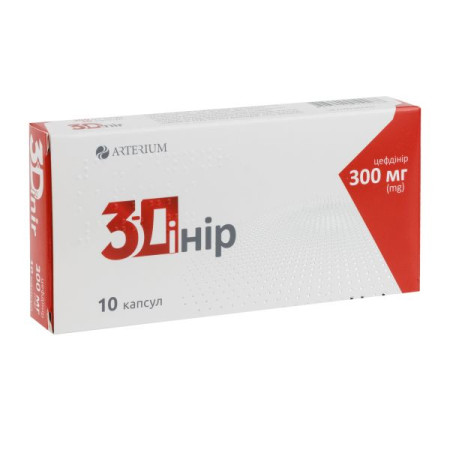Quetiapine film-coated tablets 200 mg blister No. 30

Quetiapine tablets are indicated for the treatment of schizophrenia, treatment of bipolar disorders:
for the treatment of moderate to severe manic episodes associated with bipolar disorder; for the treatment of major depressive episodes associated with bipolar disorder; for the prevention of relapse in patients with bipolar disorder whose manic episodes have responded to treatment with quetiapine.Composition
Active ingredient: quetiapine;
1 tablet contains 25 mg or 100 mg, or 200 mg or 300 mg of quetiapine (as quetiapine fumarate);
Excipients: lactose, microcrystalline cellulose, sodium starch (type A), povidone, calcium phosphate dihydrate dibasic, magnesium stearate;
Tablet coating 25 mg polyethylene glycol, titanium dioxide (E 171), hydroxypropylmethylcellulose, red iron oxide (E172), yellow iron oxide (E172);
Tablet coating 100 mg polyethylene glycol, titanium dioxide (E 171), hydroxypropylmethylcellulose, iron oxide yellow (E172);
Tablet coating 200 mg and 300 mg polyethylene glycol, hydroxypropylmethylcellulose, titanium dioxide (E 171), talc.
Contraindication
Hypersensitivity to the components of the drug.
Concomitant use of cytochrome P450 3A4 inhibitors, such as HIV protease inhibitors, azole antifungals, erythromycin, clarithromycin, and nefazodone.
Method of application
Apply to adults 2 times a day, regardless of meals.
Application features
Pregnant women
It should be prescribed only in cases where the expected benefit to the mother outweighs the possible risk to the fetus.
Children
Not applicable.
Drivers
Not applicable.
Overdose
In general, the symptoms and signs of overdose reported were due to an increase in the known pharmacological effects of the drug, such as drowsiness and sedation, tachycardia, hypotension and anticholinergic effects.
There is no specific antidote for quetiapine. In case of severe intoxication, the need for multi-directional measures should be considered and intensive care procedures are recommended, including the restoration and maintenance of airway patency, ensuring adequate oxygenation and ventilation of the lungs, monitoring and support of the cardiovascular system.
Side effects
The following adverse reactions were reported more frequently with quetiapine (10%): drowsiness, dizziness, dry mouth, headache, withdrawal syndrome, increased serum triglycerides, increased serum total cholesterol (predominantly LDL cholesterol), decreased HDL cholesterol, weight gain, decreased hemoglobin, and extrapyramidal symptoms.
Interaction
The drug should be prescribed with caution to patients receiving other drugs with anticholinergic (muscarinic) effects.
Although quetiapine primarily acts on the central nervous system (CNS), quetiapine should be used with caution in combination with other drugs with similar effects and with alcohol.
Concomitant use of cytochrome P450 3A4 inhibitors, such as HIV protease inhibitors, azole antifungals, erythromycin, clarithromycin, and nefazodone.
Storage conditions
Store in the original packaging at a temperature not exceeding 30 °C.
Keep out of reach of children.
Shelf life - 5 years.
There are no reviews for this product.
There are no reviews for this product, be the first to leave your review.
No questions about this product, be the first and ask your question.













